1. Sidler D, Wu P, Herro R, Claus M, Wolf D, Kawakami Y, Kawakami T, Burkly L, Croft M. TWEAK mediates inflammation in experimental atopic dermatitis and psoriasis. Nat Commun. 2017; 8:15395. PMID:
28530223.
2. Bieber T. Atopic dermatitis: an expanding therapeutic pipeline for a complex disease. Nat Rev Drug Discov. 2022; 21:21–40. PMID:
34417579.
3. Silverberg JI, Boguniewicz M, Hanifin J, Papp KA, Zhang H, Rossi AB, Levit NA. Dupilumab treatment in adults with moderate-to-severe atopic dermatitis is efficacious regardless of age of disease onset: a post hoc analysis of two phase 3 clinical trials. Dermatol Ther (Heidelb). 2022; 12:2731–2746. PMID:
36269503.
4. Debnath T, Kim DH, Lim BO. Natural products as a source of anti-inflammatory agents associated with inflammatory bowel disease. Molecules. 2013; 18:7253–7270. PMID:
23783459.
5. Wu S, Pang Y, He Y, Zhang X, Peng L, Guo J, Zeng J. A comprehensive review of natural products against atopic dermatitis: flavonoids, alkaloids, terpenes, glycosides and other compounds. Biomed Pharmacother. 2021; 140:111741. PMID:
34087696.
6. Sullivan R, Smith JE, Rowan NJ. Medicinal mushrooms and cancer therapy: translating a traditional practice into Western medicine. Perspect Biol Med. 2006; 49:159–170. PMID:
16702701.
7. Valverde ME, Hernández-Pérez T, Paredes-López O. Edible mushrooms: improving human health and promoting quality life. Int J Microbiol. 2015; 2015:376387. PMID:
25685150.
8. Liu J, Wu Y, Cai Y, Tan Z, Deng N. Long-term consumption of different doses of Grifola frondosa affects immunity and metabolism: correlation with intestinal mucosal microbiota and blood lipids. 3 Biotech. 2023; 13:189.
9. Dai R, Liu M, Nik Nabil WN, Xi Z, Xu H. Mycomedicine: a unique class of natural products with potent anti-tumour bioactivities. Molecules. 2021; 26:26.
10. Hu R.
Grifola frondosa may play an anti-obesity role by affecting intestinal microbiota to increase the production of short-chain fatty acids. Front Endocrinol (Lausanne). 2023; 13:1105073. PMID:
36733799.
11. Tripodi F, Falletta E, Leri M, Angeloni C, Beghelli D, Giusti L, Milanesi R, Sampaio-Marques B, Ludovico P, Goppa L, et al. Anti-aging and neuroprotective properties of Grifola frondosa and Hericium erinaceus extracts. Nutrients. 2022; 14:14.
12. Kim JH, Lim SR, Jung DH, Kim EJ, Sung J, Kim SC, Choi CH, Kang JW, Lee SJ.
Grifola frondosa extract containing bioactive components blocks skin fibroblastic inflammation and cytotoxicity caused by endocrine disrupting chemical, bisphenol A. Nutrients. 2022; 14:14.
13. Choi JK, Jang YH, Lee S, Lee SR, Choi YA, Jin M, Choi JH, Park JH, Park PH, Choi H, et al. Chrysin attenuates atopic dermatitis by suppressing inflammation of keratinocytes. Food Chem Toxicol. 2017; 110:142–150. PMID:
29050978.
14. Mathlouthi M, Koenig JL. Vibrational spectra of carbohydrates. Adv Carbohydr Chem Biochem. 1986; 44:7–89. PMID:
3544701.
15. Lee KJ, Ratih K, Kim GJ, Lee YR, Shin JS, Chung KH, Choi EJ, Kim EK, An JH. Immunomodulatory and anti-inflammatory efficacy of hederagenin-coated maghemite (γ-Fe
2O
3) nanoparticles in an atopic dermatitis model. Colloids Surf B Biointerfaces. 2022; 210:112244. PMID:
34896691.
16. Laughter MR, Maymone MB, Mashayekhi S, Arents BW, Karimkhani C, Langan SM, Dellavalle RP, Flohr C. The global burden of atopic dermatitis: lessons from the Global Burden of Disease Study 1990–2017. Br J Dermatol. 2021; 184:304–309. PMID:
33006135.
17. Firacative C, Gressler AE, Schubert K, Schulze B, Müller U, Brombacher F, von Bergen M, Alber G. Identification of T helper (Th)1- and Th2-associated antigens of Cryptococcus neoformans in a murine model of pulmonary infection. Sci Rep. 2018; 8:2681. PMID:
29422616.
18. Lim JS, Kim JY, Lee S, Choi JK, Kim EN, Choi YA, Jang YH, Jeong GS, Kim SH. Bakuchicin attenuates atopic skin inflammation. Biomed Pharmacother. 2020; 129:110466. PMID:
32768955.
19. Bunikowski R, Gerhold K, Bräutigam M, Hamelmann E, Renz H, Wahn U. Effect of low-dose cyclosporin a microemulsion on disease severity, interleukin-6, interleukin-8 and tumor necrosis factor alpha production in severe pediatric atopic dermatitis. Int Arch Allergy Immunol. 2001; 125:344–348. PMID:
11574757.
20. Choi JK, Kim SH. Inhibitory effect of galangin on atopic dermatitis-like skin lesions. Food Chem Toxicol. 2014; 68:135–141. PMID:
24675422.
21. Xu X, Liu Y, Pan C, Han S, Ma L, Qiao Y, Shi B, Peng Q. Antioxidant and immunomodulatory activities of polysaccharides from fermented wheat products of
Grifola frondosa:
in vitro methods. Int J Food Sci. 2023; 2023:3820276. PMID:
37593692.
22. Tomas-Hernandez S, Blanco J, Garcia-Vallvé S, Pujadas G, Ojeda-Montes MJ, Gimeno A, Arola L, Minghetti L, Beltrán-Debón R, Mulero M. Anti-inflammatory and immunomodulatory effects of the
Grifola frondosa natural compound
o-orsellinaldehyde on LPS-challenged murine primary glial cells. Roles of NF-κβ and MAPK. Pharmaceutics. 2021; 13:806. PMID:
34071571.
23. Geng J, Wang G, Guo J, Han X, Qu Y, Zhou Y, Tai G, Sun L, Cheng H. Preparation and structural analysis of fucomannogalactan and β-1,6-glucan from
Grifola frondosa mycelium. Front Chem. 2023; 11:1227288. PMID:
37608863.
24. Vetter J. The mushroom glucans: molecules of high biological and medicinal importance. Foods. 2023; 12:1009. PMID:
36900525.
25. Wu JY, Siu KC, Geng P. Bioactive ingredients and medicinal values of
Grifola frondosa (Maitake). Foods. 2021; 10:95. PMID:
33466429.
26. Jesenak M, Urbancek S, Majtan J, Banovcin P, Hercogova J. β-Glucan-based cream (containing pleuran isolated from pleurotus ostreatus) in supportive treatment of mild-to-moderate atopic dermatitis. J Dermatolog Treat. 2016; 27:351–354. PMID:
26654776.
27. Meng J, Li Y, Fischer MJ, Steinhoff M, Chen W, Wang J. Th2 modulation of transient receptor potential channels: an unmet therapeutic intervention for atopic dermatitis. Front Immunol. 2021; 12:696784. PMID:
34276687.
28. Mohd Zaid NA, Sekar M, Bonam SR, Gan SH, Lum PT, Begum MY, Mat Rani NN, Vaijanathappa J, Wu YS, Subramaniyan V, et al. Promising natural products in new drug design, development, and therapy for skin disorders: an overview of scientific evidence and understanding their mechanism of action. Drug Des Devel Ther. 2022; 16:23–66.
29. Moens L, Tangye SG. Cytokine-Mediated Regulation of Plasma Cell Generation: IL-21 Takes Center Stage. Front Immunol. 2014; 5:65. PMID:
24600453.
30. Bieber T. Atopic dermatitis. Ann Dermatol. 2010; 22:125–137. PMID:
20548901.
31. Chieosilapatham P, Kiatsurayanon C, Umehara Y, Trujillo-Paez JV, Peng G, Yue H, Nguyen LT, Niyonsaba F. Keratinocytes: innate immune cells in atopic dermatitis. Clin Exp Immunol. 2021; 204:296–309. PMID:
33460469.
32. Rerknimitr P, Otsuka A, Nakashima C, Kabashima K. The etiopathogenesis of atopic dermatitis: barrier disruption, immunological derangement, and pruritus. Inflamm Regen. 2017; 37:14. PMID:
29259713.
33. Homey B, Steinhoff M, Ruzicka T, Leung DY. Cytokines and chemokines orchestrate atopic skin inflammation. J Allergy Clin Immunol. 2006; 118:178–189. PMID:
16815153.
34. Kim SY, Sohn EJ, Kim DW, Jeong HJ, Kim MJ, Kang HW, Shin MJ, Ahn EH, Kwon SW, Kim YN, et al. Transduced PEP-1-FK506BP ameliorates atopic dermatitis in NC/Nga mice. J Invest Dermatol. 2011; 131:1477–1485. PMID:
21430698.
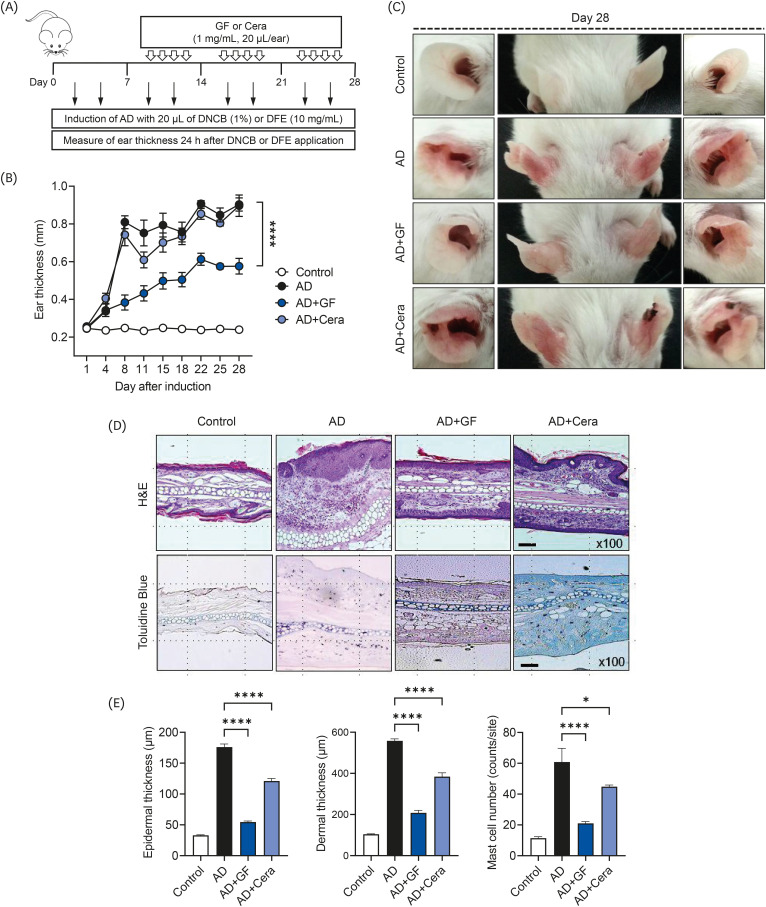
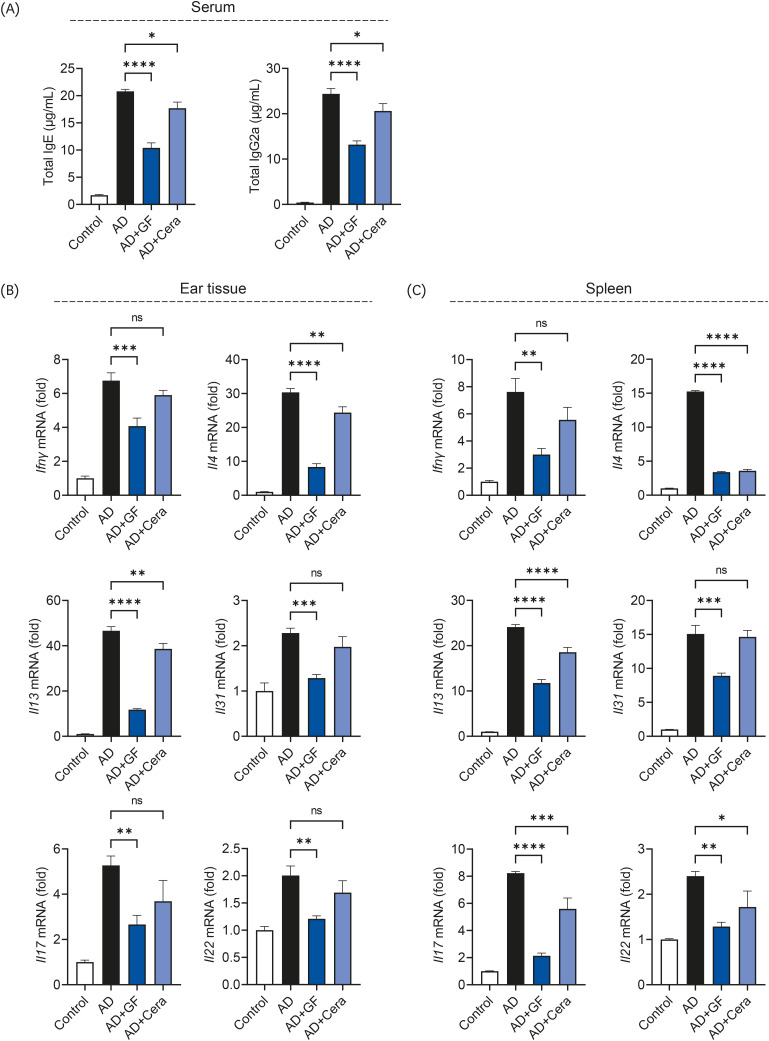
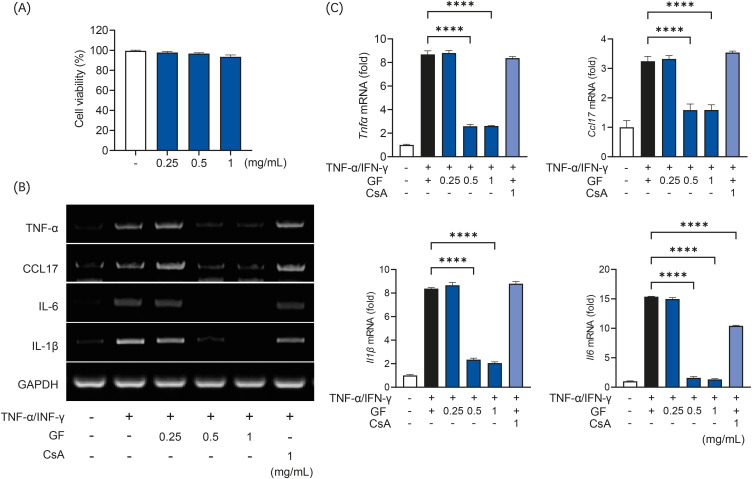
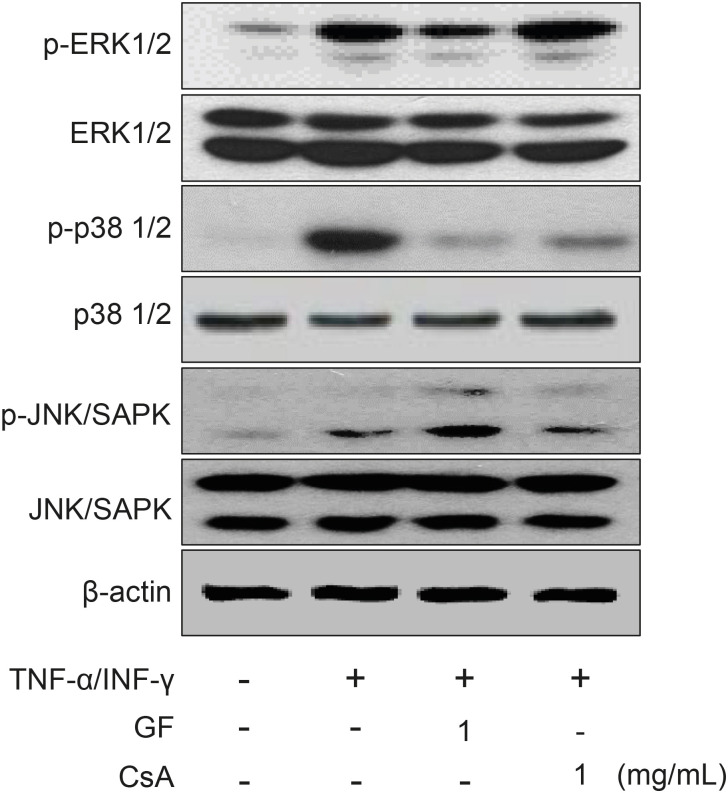




 PDF
PDF Citation
Citation Print
Print



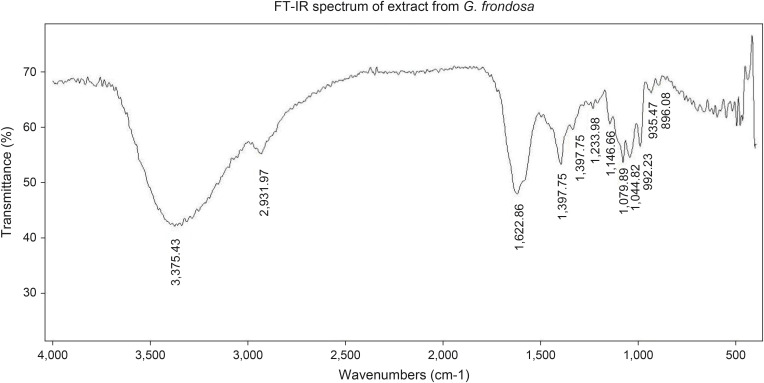
 XML Download
XML Download